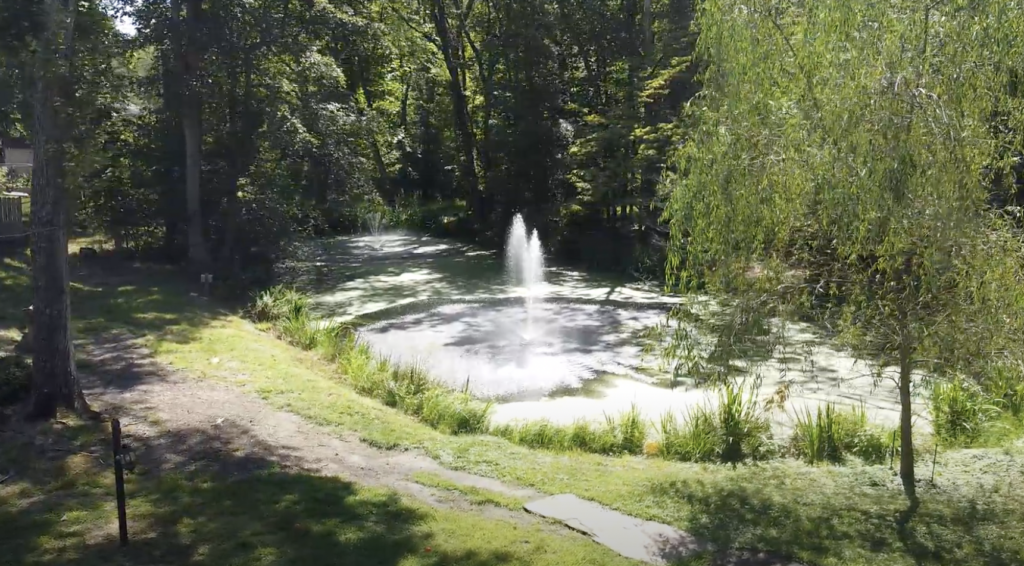Water is life. Yet, many of our water sources are being polluted, often from unexpected places. Did you know that common pest control practices are one of the hidden culprits? The use of synthetic pesticides can have dangerous effects on our water supply, harming not only our families but also our environment and the essential pollinators that keep our ecosystem thriving. But there’s a better way to control pests and protect our water: The BeeFriendly way!
Chemicals in Your Backyard, Pollution in Our Water
“ Twenty percent of these approved-for-use pesticides are listed by the EPA as carcinogenic in humans.”— BARBARA KINGSOLVER
Did you know that the pesticides used to control pests in your yard often end up polluting our water? Many products labeled as “safe” for home use still contain chemicals that can harm our water supplies and the environment. Each time it rains or when you water your lawn, these chemicals are washed into storm drains, rivers, and lakes. This runoff can lead to long-term damage that affects not only our families but also vital pollinators like bees and butterflies.
The Great Atrazine Contamination
One well-known case is the contamination of water sources by Atrazine, a common pesticide. Atrazine has been found in drinking water across the U.S., causing health issues for people and wildlife. Studies show that it disrupts the reproductive systems of fish and frogs and has been linked to birth defects in humans. Despite these findings, it’s still widely used today. This example highlights how pesticides, even when deemed “safe,” can harm water and health for years.
Industry Impact: More Than Just Water
In Florida, the use of Diazinon, a pesticide commonly used to control ants has resulted in the contamination of groundwater sources in residential areas. This led to a ban on the product for home use. However, despite such measures, the residues still exist in those areas, posing risks to local water supplies. These examples show how easily synthetic pesticides can cause long-lasting damage.
How Do Pesticides Enter Water Sources?
Pesticides don’t stay where they’re sprayed. Rainwater, sprinklers, or even wind can carry these chemicals away. They flow into storm drains, which lead to rivers and lakes. Once in the water, pesticides spread, contaminating everything they touch. Many pesticides are not easily broken down and can linger for decades. This makes water pollution a serious and lasting issue.
BeeFriendly’s Solution: Safer Pest Control Without Water Pollution
At BeeFriendly pest control, we believe you shouldn’t have to choose between effective pest control and a clean environment. Our methods eliminate pests without using harmful chemicals. By going pesticide-free, we keep your property safe while preserving the quality of our water and the health of pollinators. Our approach aligns with the latest environmental guidelines and protects families, pets, and essential pollinators.
Instead of using harmful synthetic pesticides, we use a proprietary blend made from US-sourced, food-grade essential oils like thyme, garlic, rosemary, peppermint, cinnamon, and clove, combined with natural ingredients like salt and vinegar. Our solution is completely safe for your children, pets, and pollinators. Enjoy your backyard worry-free from day one!
Make a Change Today: Choose BeeFriendly!
Protect your family and the environment by choosing a better way to manage pests. Say no to harmful chemicals and yes to safe, effective solutions. Contact BeeFriendly pest control at 1-888-4BEE-LUV today, to learn more about our pesticide-free services. Let’s work together to create a cleaner, safer, and healthier world, starting with your backyard.




